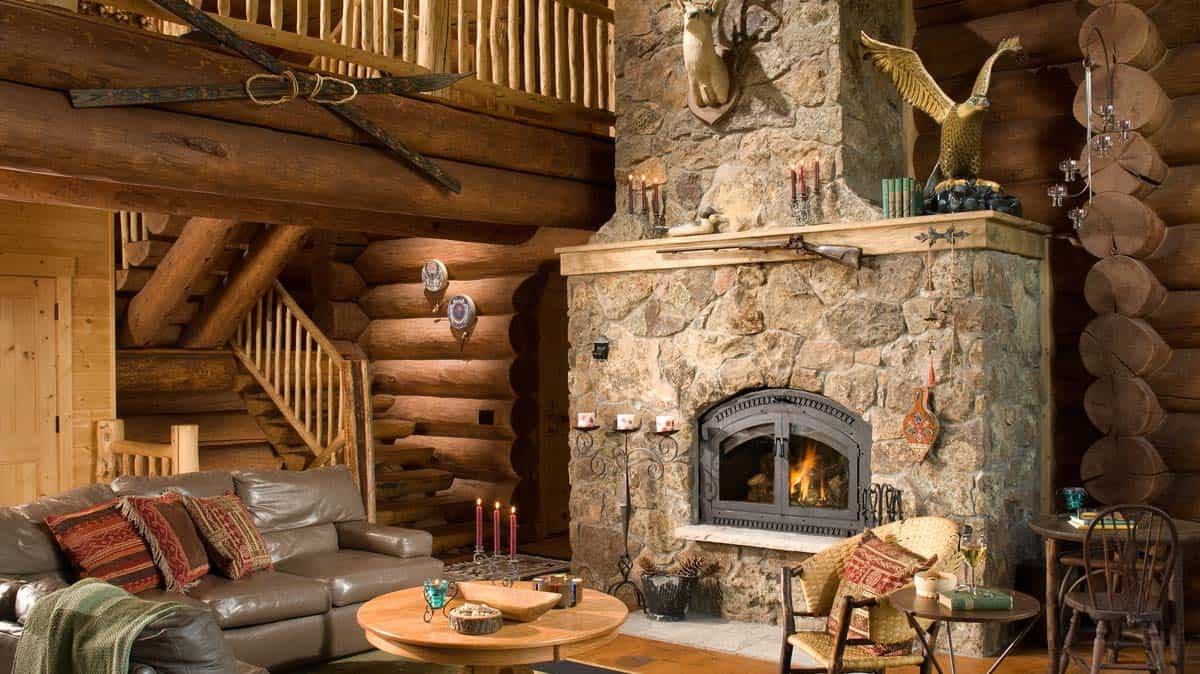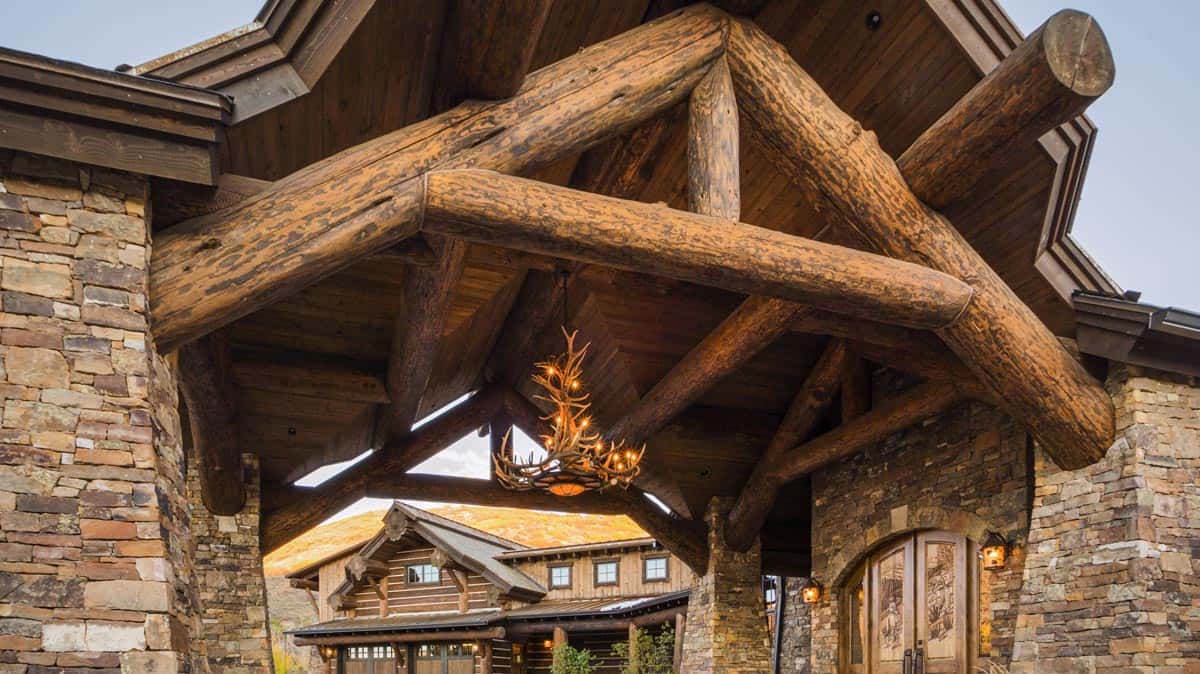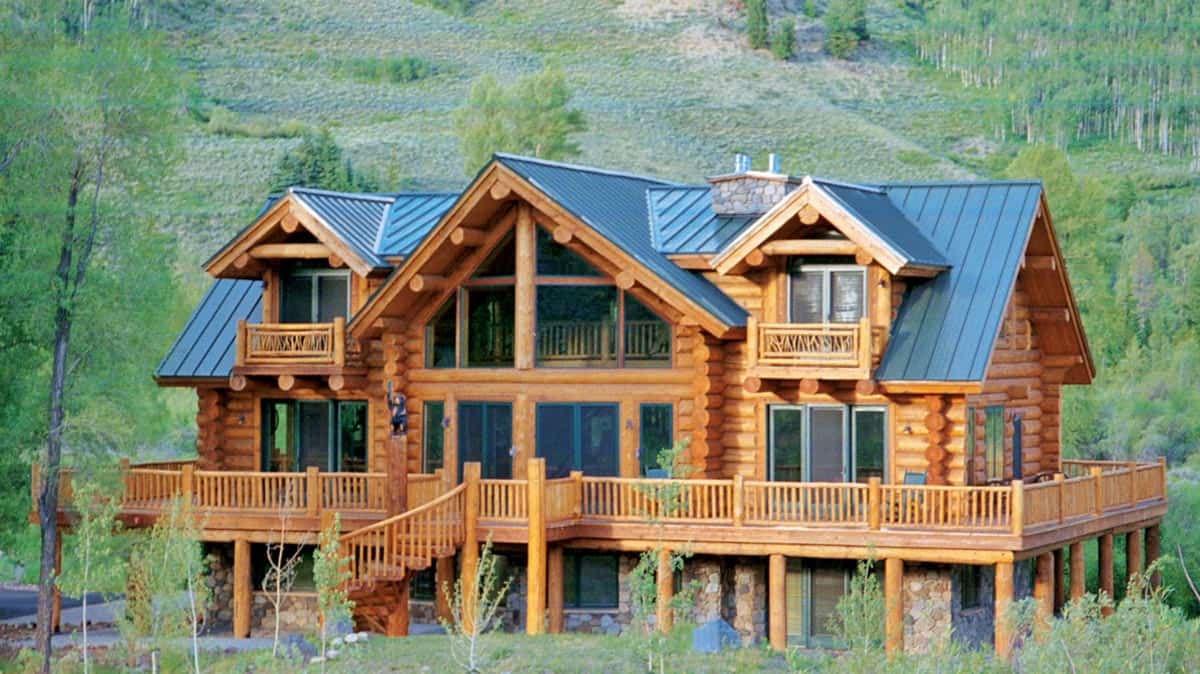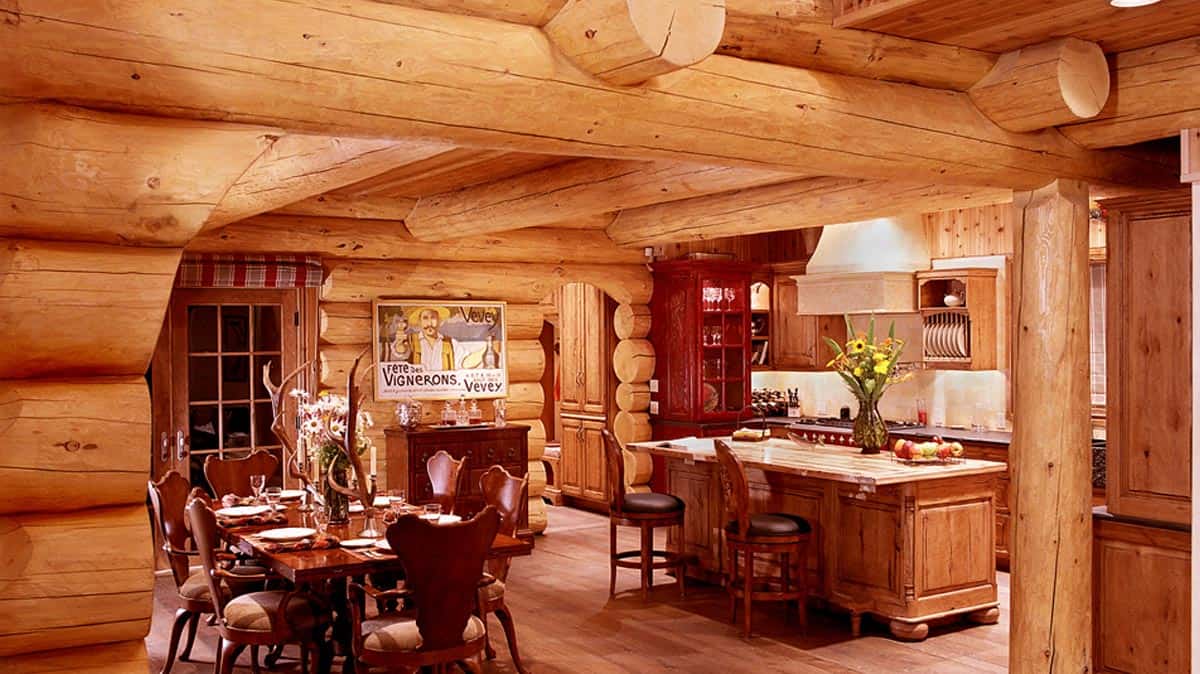Kiln Dried Timber & Logs
A Closer Look at Drying Wood
A closer look at the methods & reasons for drying wood.
Kiln Dried Timber & Logs
Mankind has been using trees to provide shelter for millennia. No other building material is as versatile, beautiful and practical as wood. However simple it may be to work with, wood is a complex substance obtained from a living organism. Because of this there are properties that can change depending upon the surrounding environment. Through the centuries people have developed better ways of utilizing this resource to its maximum potential. Principles our ancestors learned throughout history are all combined to produce the kiln dried timber we use today.
Why You Need Dried Timber
Like all plants, trees need water to live. Unfortunately this poses a problem for building. As the wood’s moisture content decreases it shrinks, twists, warps, checks and performs all kinds of peculiar stunts. Obviously most builders and homeowners would prefer to not have this happen in their houses or buildings. This movement is even more pronounced in large timbers. A large warping timber has enough strength to cause significant damage. Even in traditional stacked log homes, green logs can wreak havoc on the overall fit and finish as they dry. The solution? Use fully dried lumber. By building with dry wood in both our log and timber projects we can minimize any future shrinking, twists and movement.
Drying Methods
We know we need to use dry wood, so how do we get it? There are various ways used to achieve what we want. Below are listed a few of the methods used in drying timber and some of the pros and cons of each. This is a pretty basic run down, and there are other methods and various combinations used, but it should give you a working knowledge of what to look for. Keep in mind that wood normally dries from the outside inward until the moisture content achieves equilibrium with the surrounding environment. Until the correct moisture level is reached, the wood will in all likelihood continue to move.

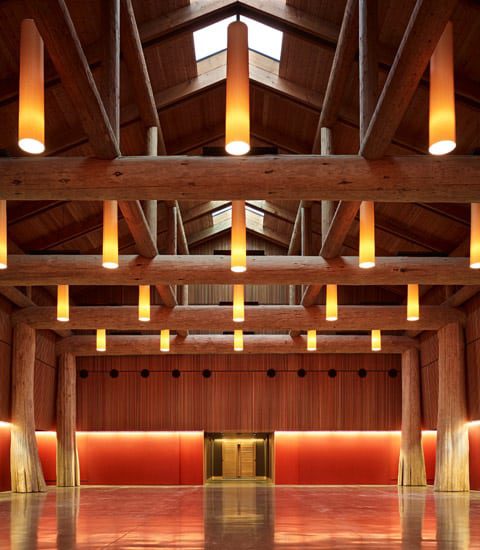
Air Dried Timber
Drying methods that do not require heat, but simply dry out using the surrounding air, are referred to as “Air-Drying”. The drying time is directly affected by the weather, humidity, etc. For full sized logs this process often takes months. Controlling drying time is difficult and final moisture content can vary. This can be a good option for do-it-yourselfers on a limited budget.
“Cut & Stack”
This is the simplest, cheapest method. Great for Do-It-Yourselfers, but also has some serious drawbacks. The wood is cut green, then stored in such a way as to allow airflow around it. The wood then dries on its own according to the storage environment. Without the proper care and storage conditions this method can encourage bug infestation, fungi and mold growth, and even rot.
Pros: Simple, budget friendly, DIY, low environmental impact
Cons: Time, storage space, weather dependent, little control, bugs, fungus/mold
Standing Dead
Primarily used in the log and timber home industry, the trees are harvested after they have died. This allows them to completely dry in their natural environment. Unfortunately it also makes this type of timber subject to availability of size, species, etc.
Pros: Eco-friendly, fully dried
Cons: Limited selection & availability, bugs, fungus/mold
Kiln Dried Timber
In kiln-drying, the wood is placed into a climate-controlled chamber to dry. Kilns range from small heating chambers to huge highly complex designs. In a nutshell, a kiln is basically a giant oven with controlled airflow. Kilns drastically reduce drying time, while providing greater control over the quality and moisture content of the product. A moisture testing probe is used to determine the moisture content. The high temperatures also destroy any fungi, mold, insects, larvae, etc. Usually only used commercially due to the high cost and overhead.
Full-Depth Kiln Dried Timber
This is the method we use for nearly all of our kiln dried timber and logs. Using a conventional kiln, the logs or timbers are dried to a consistent moisture content all the way through. This process takes about 2-3 times as long as ALS. By adjusting the temperature and airflow we can consistently produce a much higher quality product than “normal” commercial kiln dried timber. Having logs and timbers that are fully dried minimizes any future movement of the wood. Since the installation of our two kilns, we have been able to increase our product quality resulting in higher customer satisfaction and fewer repairs on both round log and timber projects. This method is only used by a handful of companies, including Caribou Creek. Using our own kiln, we can produce our own kiln dried timber in smaller batches, with complete control over every step of the process.
Pros: Fully dried, consistent high quality, bug/fungus-free, fully controlled, in-house
Cons: Longer drying time
Standard Commercial ALS (American Lumber Standards)
This is a rough grouping of most commercial lumber kilns. Various heat sources (steam, etc.) and air systems. American Lumber Standards allow kiln dried lumber to have a 19% average moisture content measured at 1” depth. This is fine for standard dimensional lumber. However, with large timbers this leaves the bulk of the inner wood with high moisture levels. As seen in the beginning, this can cause serious problems in a structure.
Pros: Fast, bug/fungus-free, fully controlled
Cons: Incomplete drying on large timbers
Vacuum Kiln Dried Timber
This type of kiln uses a combination of heat and low atmospheric pressure to draw the moisture from the wood. The low pressure helps pull the moisture to the surface and speeds evaporation, significantly reducing drying time. Like the Full-Depth method, timbers are dried throughout.
Cons: Price, availability
Radio-Frequency Kiln Dried Timber
Just like the microwave in your kitchen. Well, almost… This type of kiln does use a similar system that heats and evaporates the moisture from within the timbers. One of the best and fastest type of kilns available, it is also quite expensive to install and use. This in turn makes the timbers more expensive. Here again, timbers are dried all the way through.
Pros: Fast, fully dried, consistent high quality, bug/fungus-free, fully controlled
Cons: Expensive

